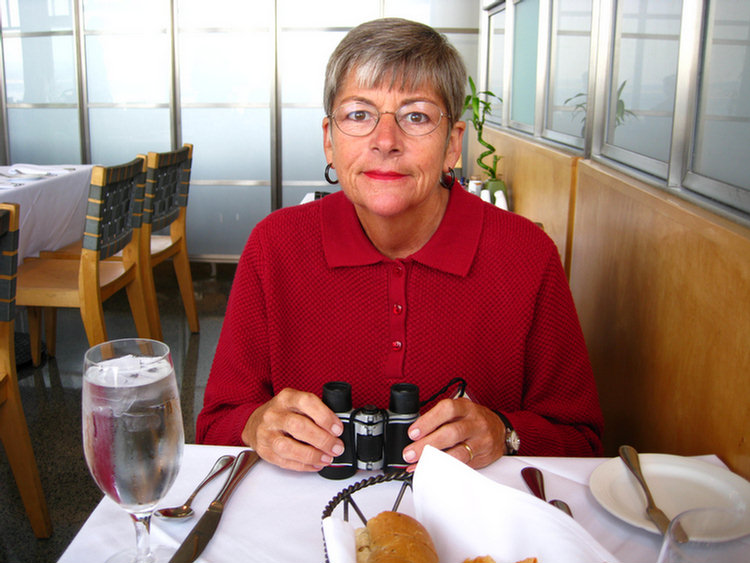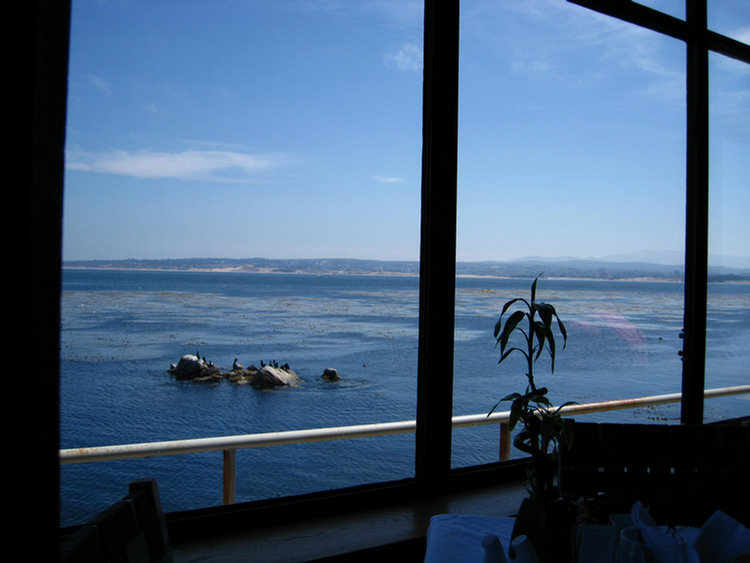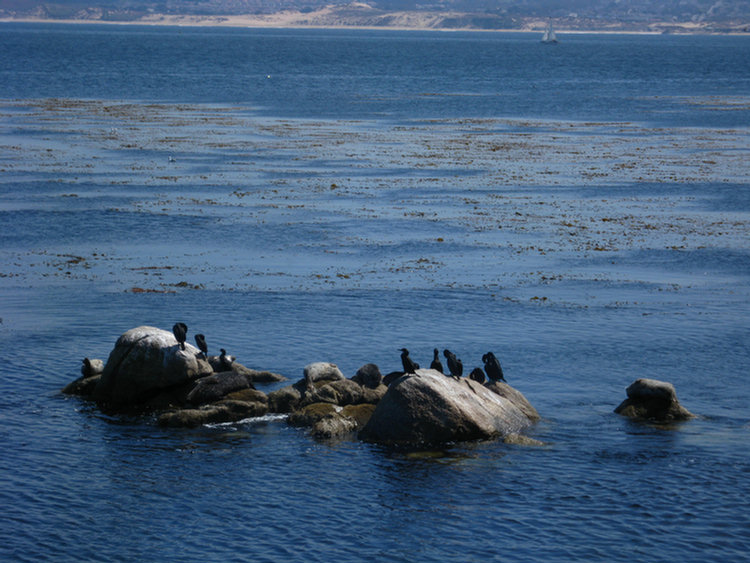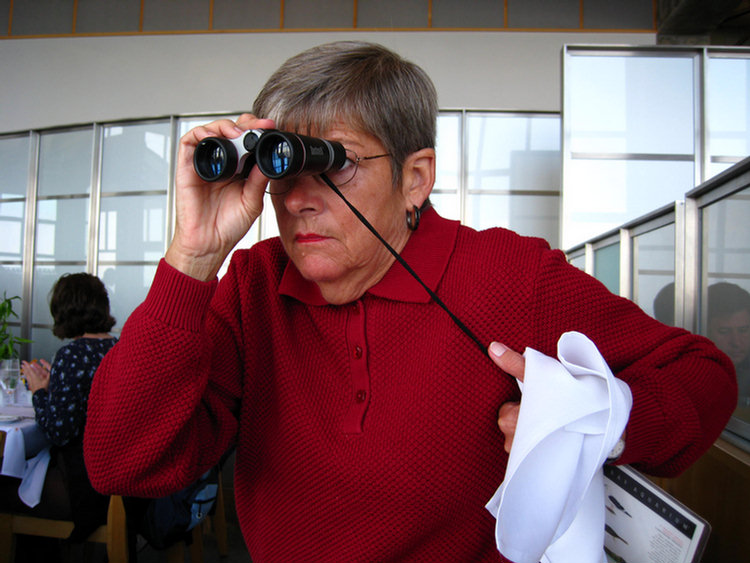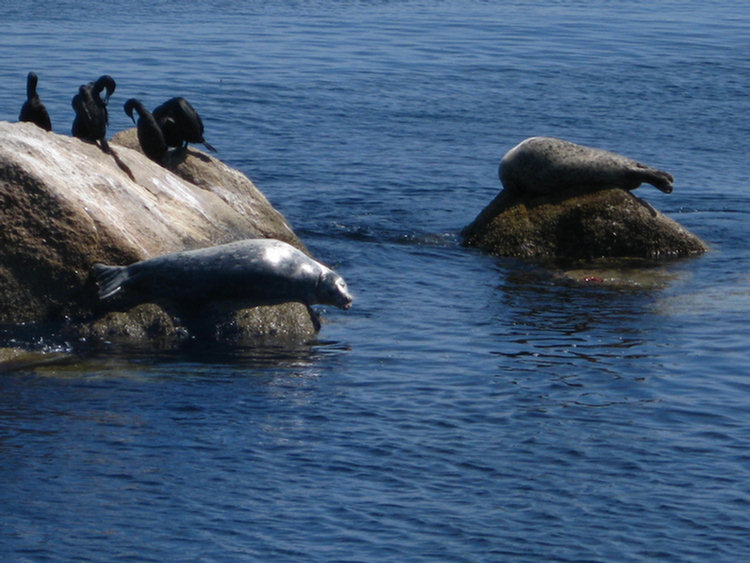Our Visit To The TomatoFest!
A Weekend Visit To Carmel And The Quail Lodge!
Part Four: The Monterey Bay Aquarium
The Monterey Bay Aquarium, which is located on the site of a former sardine cannery on Cannery Row in Monterey, California, is one of the largest aquariums in the world.
It has an
annual attendance of 1.8 million and holds 35,000 plants and animals
representing 623 species.
Among the aquarium's numerous exhibits, two are of particular note.
The centerpiece of the Ocean's Edge wing is a 33-foot (10-m) high tank for viewing California coastal marine life.
In this tank, the aquarium was the first in the world to grow live California Giant Kelp using a wave machine at the top of the tank (water movement is a necessary precondition for keeping Giant Kelp, which absorbs nutrients from surrounding water and requires turbidity), allowing sunlight in through the open tank top, and pumping in raw seawater.
The second exhibit of
note is a one million gallon tank in the Outer Bay Wing which features
one of the world's largest single-paned windows (crafted by a Japanese
company, the window is actually four panes seamlessly glued together
through a proprietary process).
Sealife on exhibit includes stingrays, jellyfish, sea otters, and
numerous other native marine species, which can be viewed above and
below the waterline.
For displaying jellyfish, the MBA uses an aquarium called a Kreisel tank which creates a circular flow to support and suspend the jellies.
Visitors are able to inspect the creatures of the kelp forest at several levels in the building.
Our Pictures

We arrived about 30 minutes early and walked around to keep warm!

The architecture of the aquarium fit right into the area

Birdies and seals sat around all day on the rocks
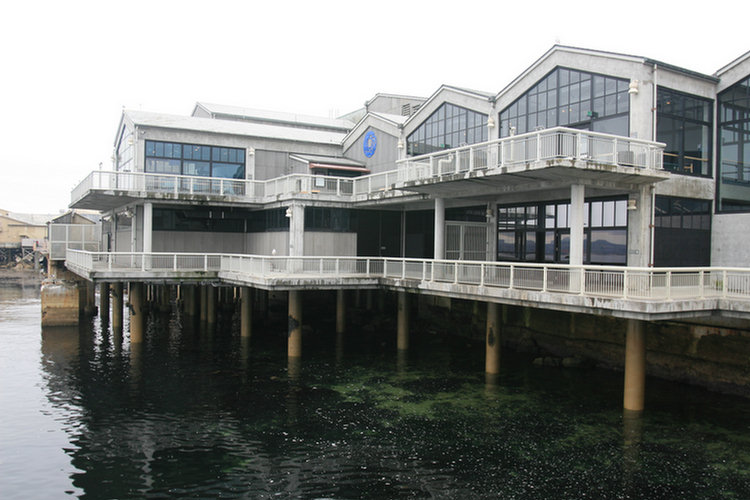
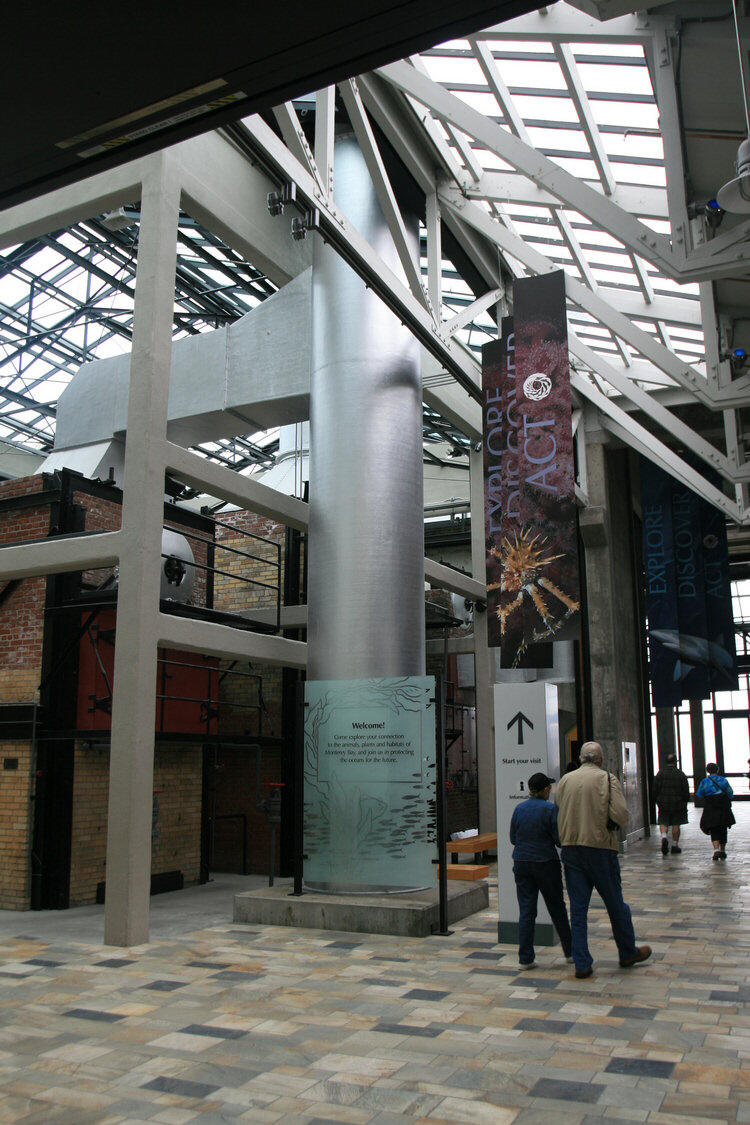

Sue Enjoyed The Many Displays And Exhibits
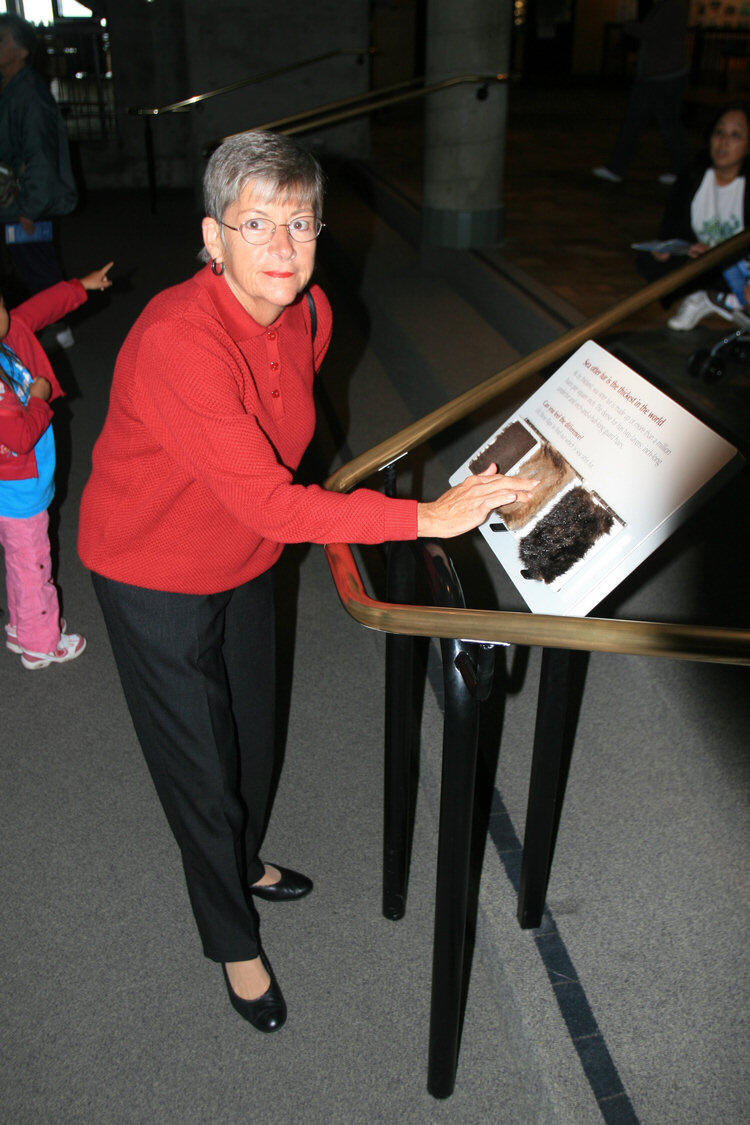

The models of the whales were hung 50 feet in the air

If you look carefully, you can see the remains of the back feet... Whales were
once on land!

The research submarine was re-created so people could visit various places in
the world

This is a hard way to clean windows!

Up close and personal!

The skeleton allowed us to see the teeth
Lingcod are unique to the west coast of
North America, with the center of abundance off the coast of British
Columbia. in Alaska there are many that reach 70 lbs. They are found on
the bottom with most individuals occupying rocky areas at depths of 10
to 100 m. Tagging studies have shown that lingcod are a largely
non-migratory species, with colonization and recruitment occurring in
localized areas only.
Lingcod are voracious predators, feeding on invertebrates and many
species of fish, including herring, Clupea harengus, and Pacific hake,
Merluccius productus. one of their favorite foods are smaller octopus,
and will also rapidly devour large rockfish. Lingcod that survive the
larval stages have few predators themselves, and are vulnerable mainly
to marine mammals such as sea lions and harbor seals.


Sand dollars
Sand dollars (order Clypeasteroida) are flat, round marine animals related to sea urchins (echinoids), sea stars, and other echinoderms. A sand dollar has a rigid skeleton, or test, and the term sand dollar also refers to this test when it is found as a sand dollar's remains. When sand dollars are living, they have a skin of moveable spines covering the entire test. Like its close relative the sea urchin, the sand dollar has a set of five pores arranged in a petal pattern. The pores are used to move sea water into its internal water-vascular system, which allows the creature to move.


Don't throw junk into the ocean!
Great Display Telling About What Fish Should Be Eaten And Why!
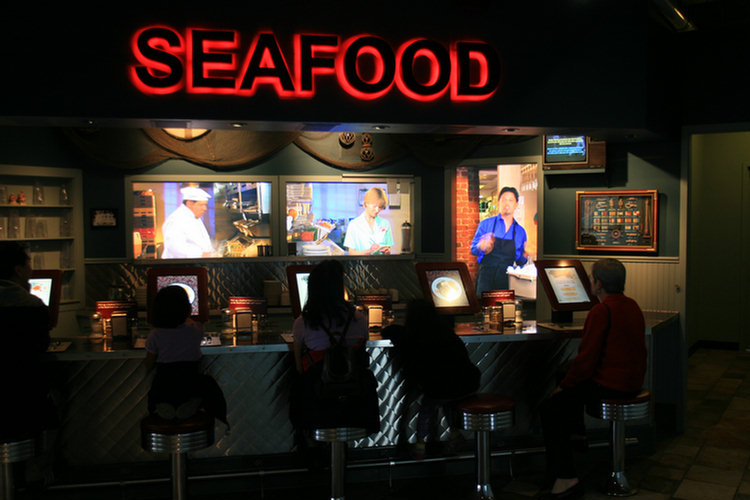
The Wetlands Are Also Displayed In The Aquarium
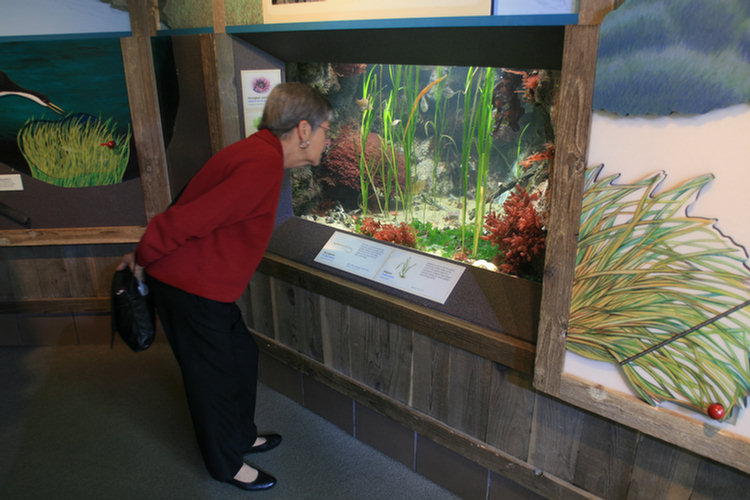
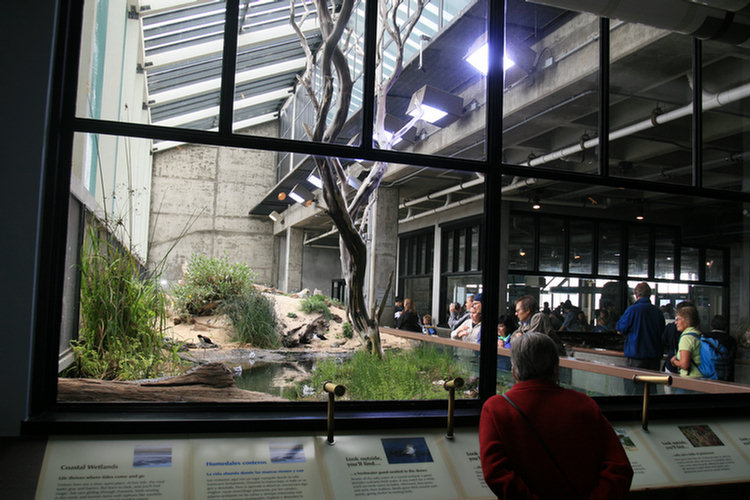

This is an underwater periscope! You can view the creatures up close!


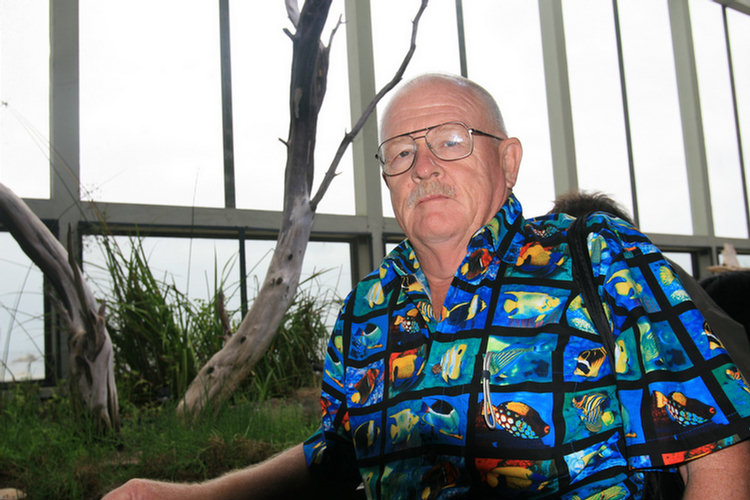





Outside Again

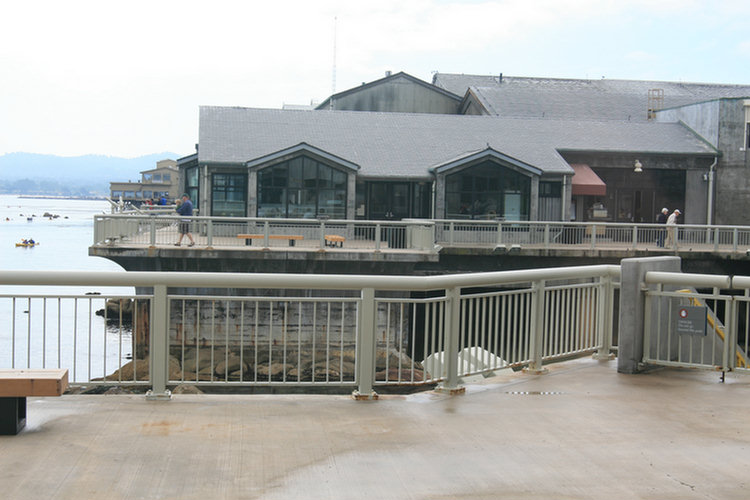



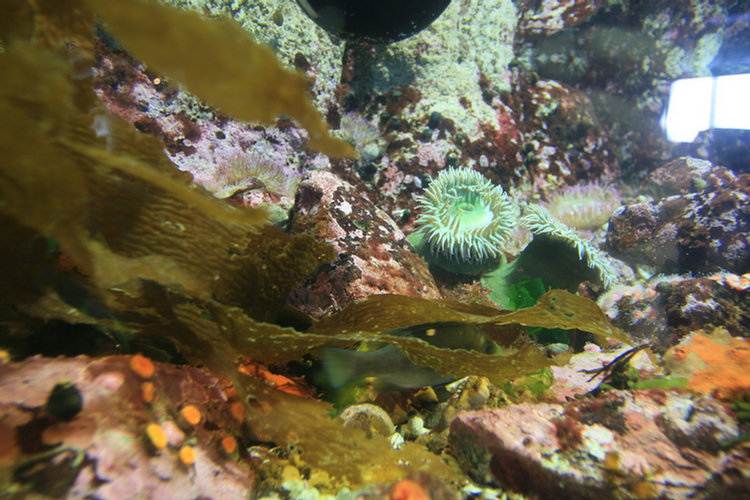

More use of the periscope




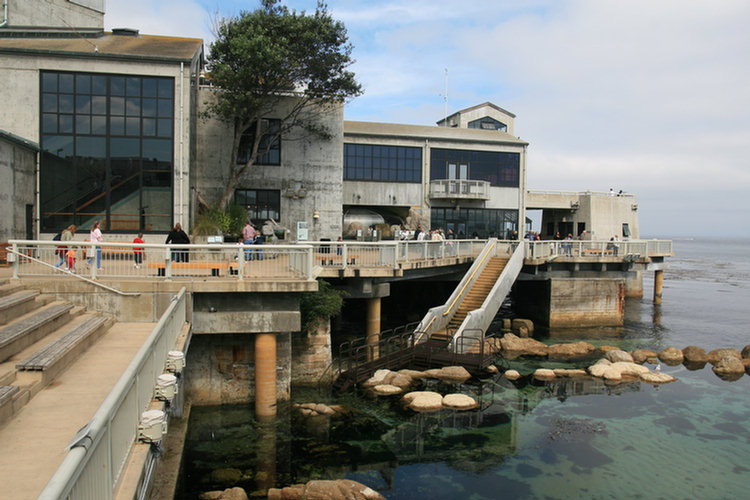


The whales swims along the aerial walkway
Time To Eat

Nice settings a few feet from the ocean
